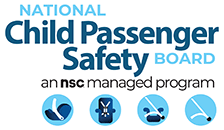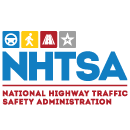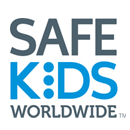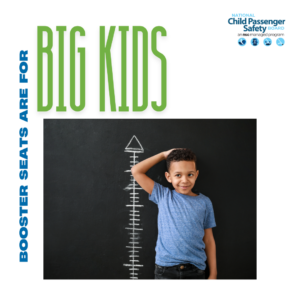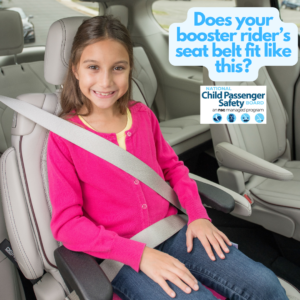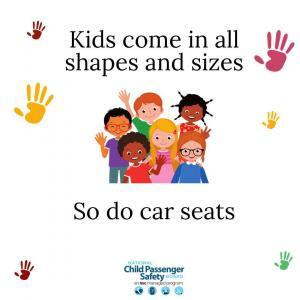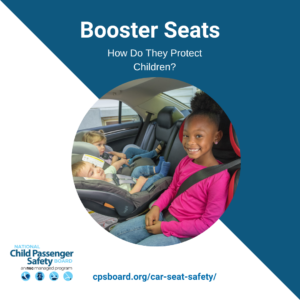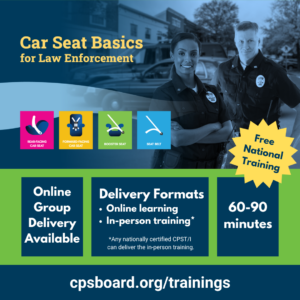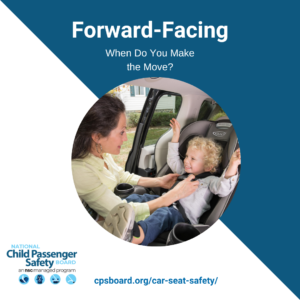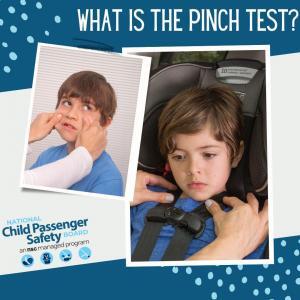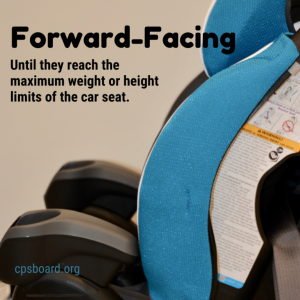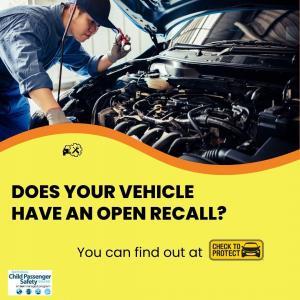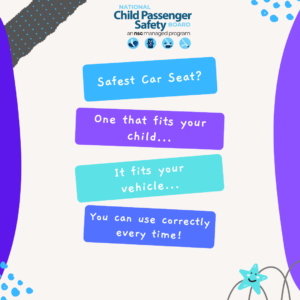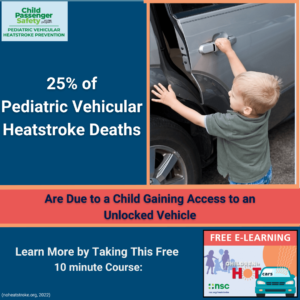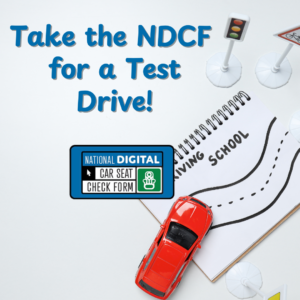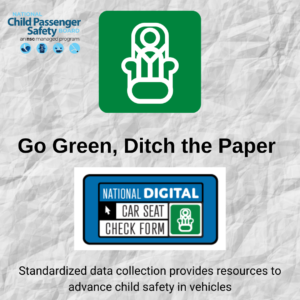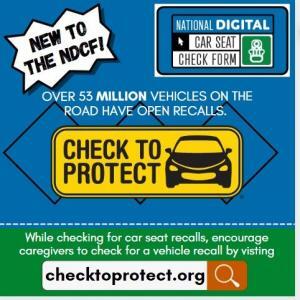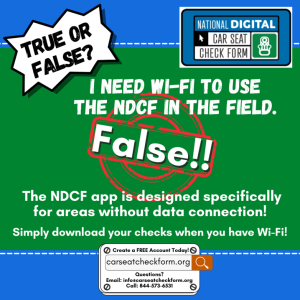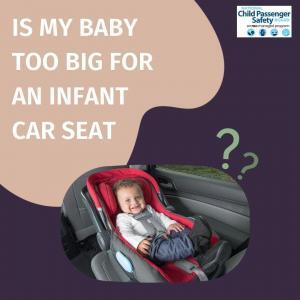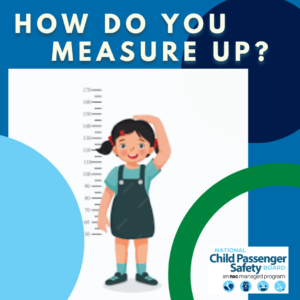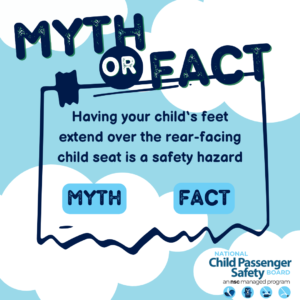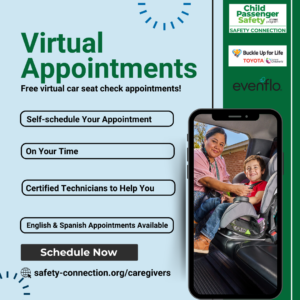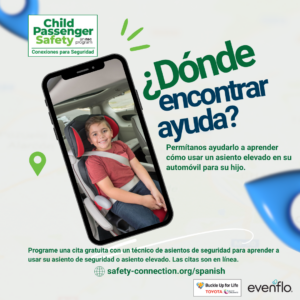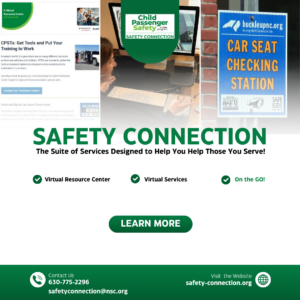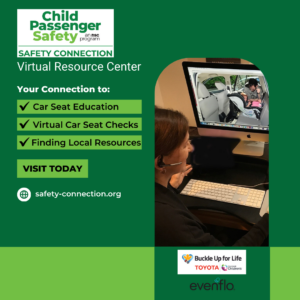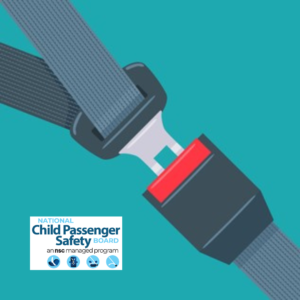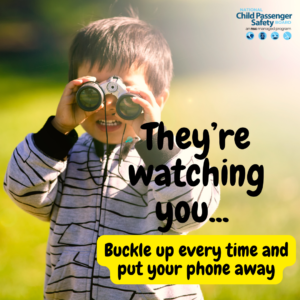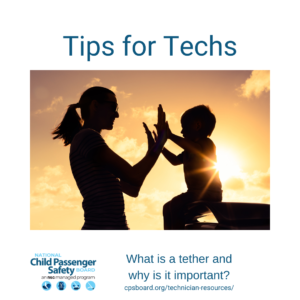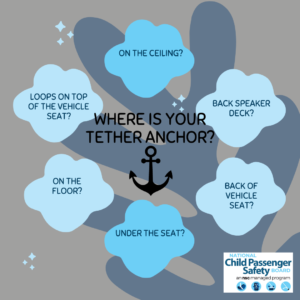Most children will outgrow their infant seats by height long before they reach the weight limit. If the top of a child’s head is within one inch of the top of the shell of the seat, it’s time to transition.
DYK: When a child is properly restrained rear-facing, the head and neck move together with the car seat, allowing forces in a crash to be spread across the shell of the car seat. This protects the child’s head, neck and torso and reduces the risk of neck and spine injuries.
Get more car seat information and safety tips: https://www.cpsboard.org/car-seat-safety/
Make sure your child is in an appropriate car seat. Check the car seat instruction manual or car seat labels for the manufacturer’s recommended age, weight and height use requirements. Learn more: https://bit.ly/33Rrumg
Don’t fall for this common car seat myth. If your child’s legs extend over the car seat in the rear-facing position, not to worry—this is not a safety hazard. There is no data to support the myth that a child’s legs are more susceptible to injury in a crash when rear-facing.
The truth is children within the weight and height limit of their seat in rear-facing mode are safer riding this way, because their head, neck and spinal cord are better protected.
